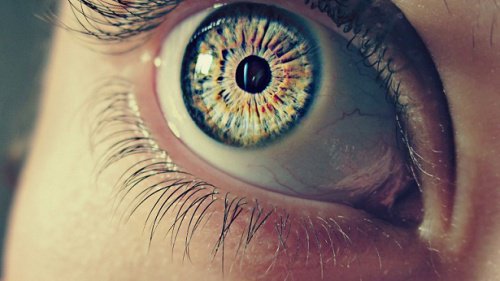Pupil, Neurology and Unknown Facts That Will Blow Your Mind

Have you ever wondered why the round opening in the center of the human iris varies in colors? Or why does the pupil change its size as it receives light? Well, the human eye is extraordinary, and so are the facts regarding it. The article talks about all those amazing characteristics.
First, let’s take a look at the medical complications and pupil reactivity. These are also pretty mindblowing.
Dilated pupils and Concussions
Pupils of unequal sizes or dilated pupils indicate that a person is impacted by a terrible concussion or a more severe form of TBI than a concussion.
Around 1 million nerves connect the eye to the brain. The pupil diameter measurement is essential as the pupils tend to be smaller in reaction to light during the daytime and enlarge to enable more light to get into the eyes at night.
Pupil evaluation has a crucial role to play in neurological assessment. Any change in the size, reactivity, and equality of the pupils provides considerable diagnostic information.
Medicinal effect on pupil
Some medications like Amphetamines, Antihistamines, Antipsychotics, Muscle relaxants, and Tricyclic antidepressants may affect your pupils. Opioids cause constriction of the pupils, whereas atropine, cocaine, or LSD may cause pupil dilation.
Pupillary light reflex regulates the pupil diameter in reaction to the intensity of light. The retinal ganglion cells in the back of the eye assist in the adaptation of perception to different levels of lightness and darkness.
The advantages of pupil measurement in neurological treatment :
Pupil reactivity is a physiological reaction that alters the size of the pupil through the oculomotor and optic cranial nerve. By pupil measurement, doctors gain information regarding the brain and deduce whether there has been a rise in intracranial pressure. The pupil assessment is crucial to determine the size, shape, and reactivity.
The NPI 300 pupillometer, an object with high precision, is a great invention by NeurOptics, which is going to revolutionize the Science of Pupillometry. It measures pupil size and enhances pupillary assessment.
The pupil contour is used to measure pupil size. The NPI 300 digital pupilometer can measure the distance between the center of each pupil. The corneal reflection helps measure the distance between the center of each pupil.
Pupil reactivity
The pupillary response is a physiological reaction that differs the size of the pupil via the optic and oculomotor cranial nerves.
The pupillary light reflex allows the eye to operate the amount of light arriving at the retina and safeguards the rod and cone photoreceptors from entering bright lights.
Pupil size involves visual acuity. Large pupils undergo more light, stimulate the retina and reduce diffraction. Though, the resolution may get influenced by anomalies of the eye. On the other hand, a small pupil decreases optical aberrations. However, the resolution is diffraction-limited.
Why is pupil diameter measurement important for patients with brain injury?
In a head-injured patient, pupil dilation takes place due to brain stem compromise and herniation, causing mechanical compression of the cranial nerve. An injury at the third cranial nerve or the upper brain stem may give rise to a unilateral fixed dilated pupil.
Researchers use pupil diameter measurement to assess the functioning of the autonomic nervous system.
The pupillary diameter or Iris size is controlled by two muscles, namely the dilator pupillae and sphincter pupillae. The first one is under the control of the parasympathetic nervous system, while the latter functions under the control of the sympathetic nervous system.
Now it’s time for the unknown facts about the pupil
1. Your pupil gets smaller in bright light and larger as the number of light decreases.
2. Pupil allows light to enter the eye and be focused on the retina to begin the process of sight. The retina of the human eye cannot detect red but yellow-green.
3. Your retina captures images upside-down, and they are split in half and distorted.
4. Peripheral vision is black and white and of low resolution.
5. 20/20 vision isn’t the perfect vision.
6. It would be 576 megapixels if the lens of the human eye was a camera.
7. Your pupils are nearly full-size at birth.
8. Microsaccades ensure objects don’t get blurred.
9. Originally, all pupils were black or brown. Green or blue are signs of lack of pigment and heredity.
Conclusion:The components of the human eye make it extraordinary, and one of them is the pupil. The pupil diameter measurement is an important procedure for pupil assessment to treat various clinical complications.








